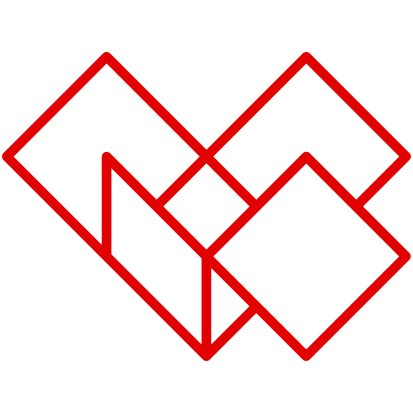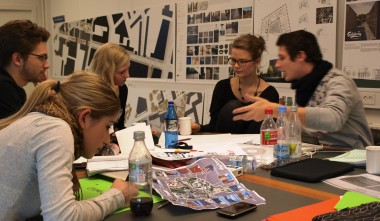In practice-oriented innovation and entrepreneurship courses a big part of the teaching is centered around group work. In order to ensure the quality of the overall course process and especially the students’ project work providing the best preconditions for the group work is therefore crucial. When the group work doesn’t function optimally:
- The solutions are typically dealt with incompletely and cannot be explained in depth.
- The students’ processes are ineffective, which affects decisions, learning outcomes and basis for development.
- Furthermore, the common group work provides inadequate outcome for each of the individual students.
The conclusion is that a lack of ownership and a weak sense of responsibility cause too much work for a minority (and in certain cases the wrong individuals) and too little learning for the majority (von Stamm, 2008).
All students bring a history of good and bad experiences and some fundamental assumptions about how group work should be approached. This means that the group members have different working methods, motivations, ambitions and success criteria, which will affect their collaboration. The group work highly depends on the maturity of the group, which can evolve over time:
- The new group is characterized by insecurity, unclear goals, unclear roles, uncertain communication, difficulties with making demands and decisions.
- The young group is characterized by contentedness, overall objectives, individual visibility, elaborate communication, ad hoc confrontations, tends to evolve/close around itself.
- The mature group is characterized by trust, clearly defined goals, independence/dependence, clear communication (+ silence), meta reflective confrontations, ability to deal with intervention.
Please remember only few teams start off as being mature and effective teams.


